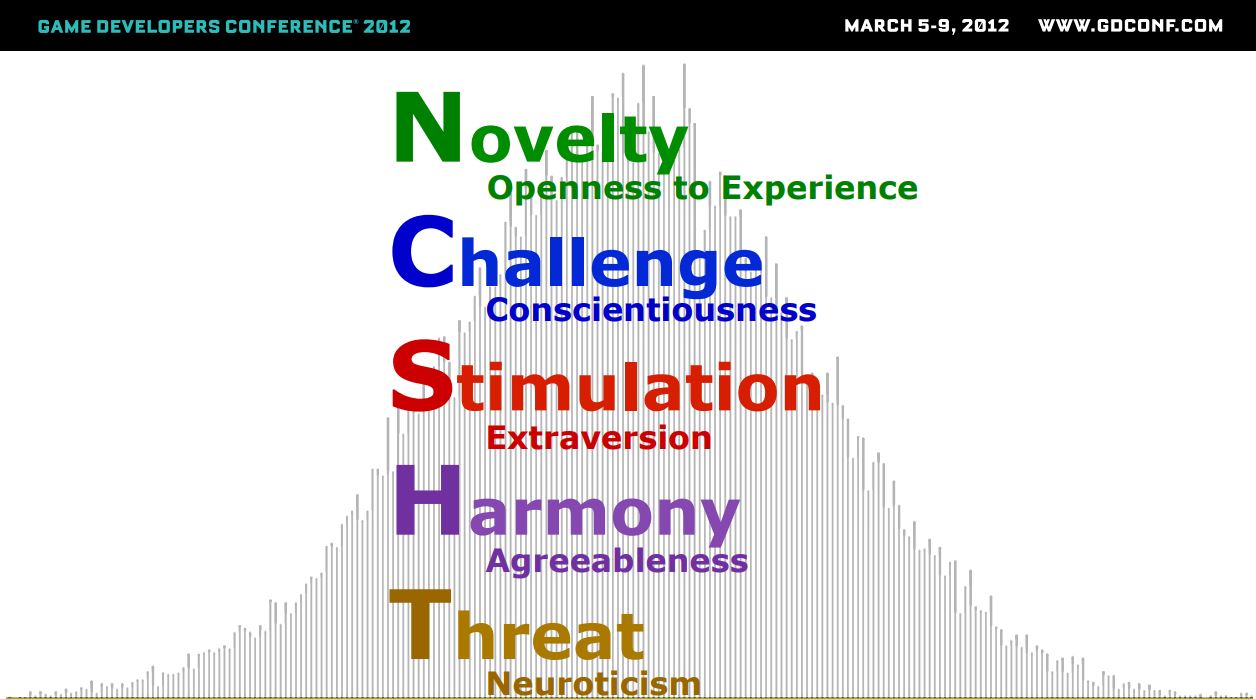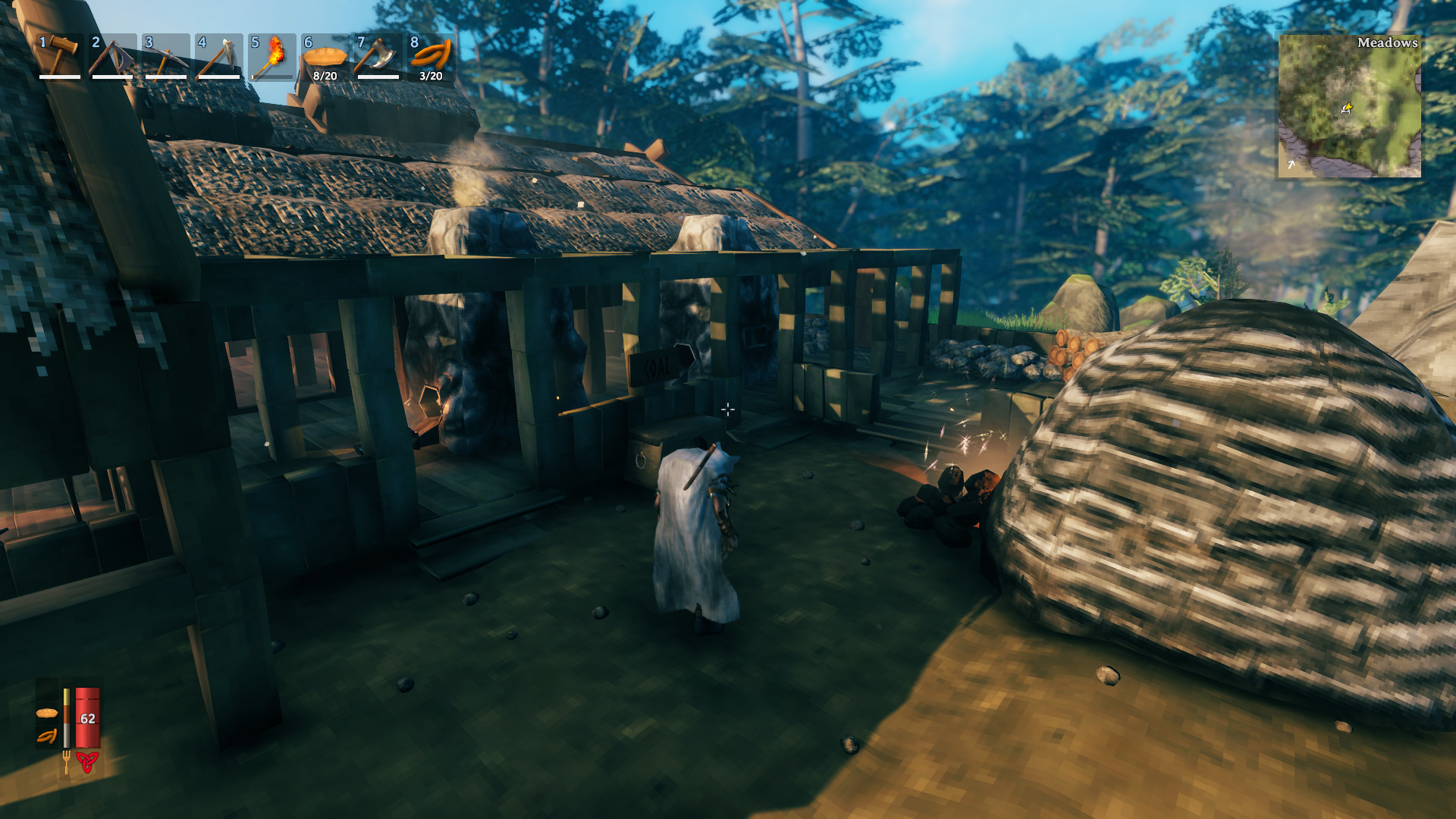This module is the second to the last one of the Kernel Gaming Track. As the finish line looms on the horizon, we've hopefully formed long-lasting connections, polished our project MVPs, and crystallized our ideas. Armed with our prototypes and presentations, we set out, ready to release our creations unto the world.
Now comes the hard part: how will our players find our game?
Today, discoverability is arguably a game developer's hardest challenge, and it's fitting that we discuss it in relation with the Learn Track's Token and Mechanism Design Module. Similar to token engineering, discoverability is a rich well of discussion. We can look inwards at player psychology, take a more zoomed out view of virtual economics, or even just casually browse the Internet and popular culture, and we'll be sure to find factors that affect how people discover our game.
How can we make sure that we find the audience that is crucial for us to get product market fit? With so much content being created today, how do we stand out from all the noise and shilling?
Who are the Discoverers?¶There's no better guide for us than Simon Carless' GameDiscoverCo Newsletter, which provides valuable insight on how to navigate the app stores successfully.
One thing we'll notice on GameDiscoverCo is, while there are massive successes like Among Us, there are also quietly successful games that find their niche, able to earn substantial revenue from a long tail of users. If we are able to find our optimal audience, the work we need to do on general discoverability is lightened.
One way to do this is to ask ourselves: who are the people who will play our game?
We can take a look at Jason VandenBerghe's 5 Domains of Play for some answers.

The whole presentation lays out a process for how we can identify the personality types of our players, along with some other great takeaways.

One of which is "we tend to play for the same reasons we live", which has the corollary: we are like Sims; if we have certain needs that are not being met, then we will use play to address those needs.
Before we optimize for discoverability, we should first know more about the discoverers. Are our users the same people playing arbitrage games on DeFi? Are they the same ones driven to collect or flip art on crypto art platforms? What would their personality types using the 5 Domains of Play look like?
Platforms and Discoverability¶In the case that we need to explicitly reach out to our players though, the path to discovery usually goes through platforms that include app stores, social networks, search engines and ad networks. We need to understand the landscape, and there are several reliable resources we can refer to so as to optimize our chances of being discovered.
It's promising that some of the brightest minds in the W3C Games Community Group also recognize discoverability as a challenge. One of the current efforts to address it is being led by Tom Greenaway, in the form of the Open Mini Games Format.
As Web 3 developers, we're also in a unique position to be able to remap the incentives and create the next generation of platforms. There are some inspiring examples of this, which include projects like Gitcoin Grants, dap.ps and Rarible.
What's Next?¶With opportunities also come challenges. Web 3 discoverability has unique properties: for one, our apps and games are usually reliant on browser extensions, greatly reducing our capability to reach more casual users. Another is that the cryptocurrency connection leads to tenuous relationships with app stores and other mainstream outlets, thus limiting our channels for exposure.
As we approach the last module of the Kernel Gaming Track, take heart knowing that you are the ones uniquely poised to break through these barriers.
Crypto-economic mechanism design is all about the interface between value in a digital and "actual" sense - it's about how we can use programmable money to influence the way societies organize and function. We invite you to apply the principles above to build prosocial mechanisms that advance the state of our social arts.
Valheim¶
A 1-10 player Viking-themed survival game released just three weeks ago (February 2, 2021). It immediately shot up the Steam charts, selling more than 3 million units in 16 days.
With other successful early-access survival games like Satisfactory and Deep Rock Galactic, the game's publisher Coffee Stain Studios definitely knows the formula for creating discoverable games. Discovery as a game mechanic also features heavily in Valheim!
